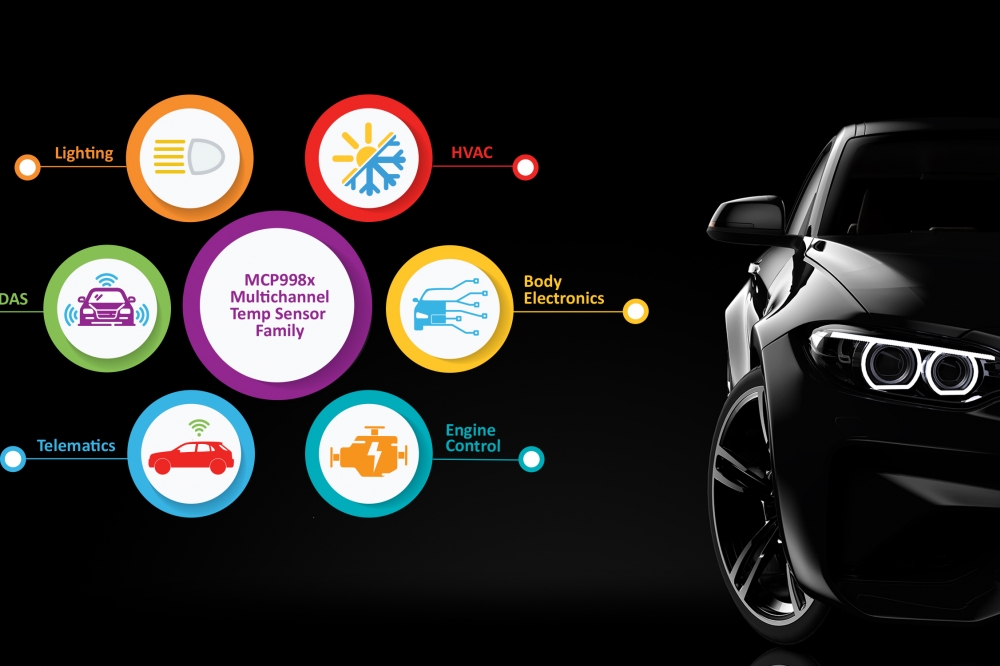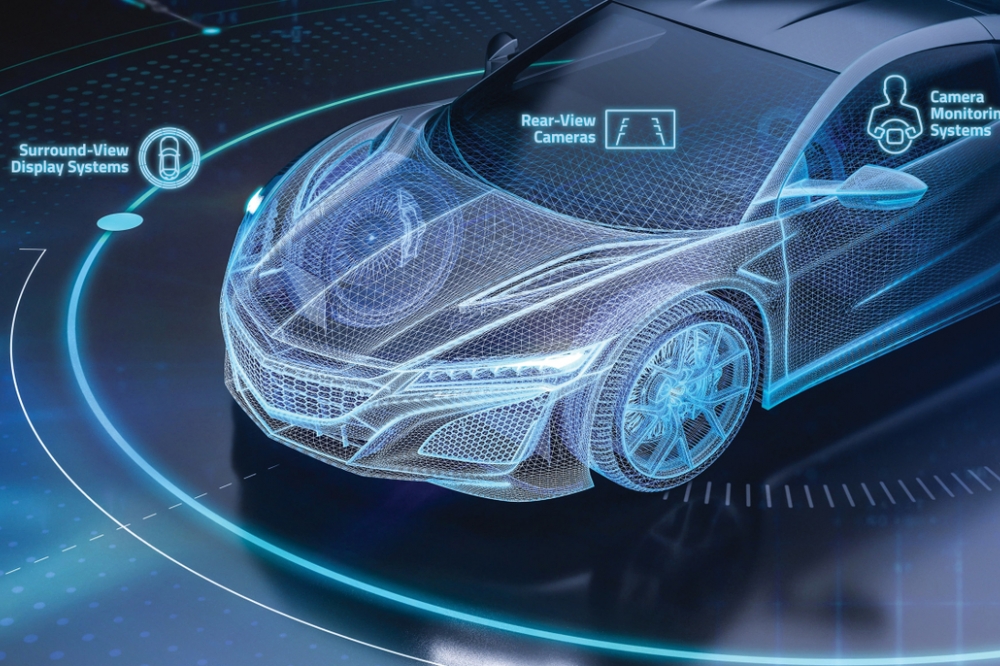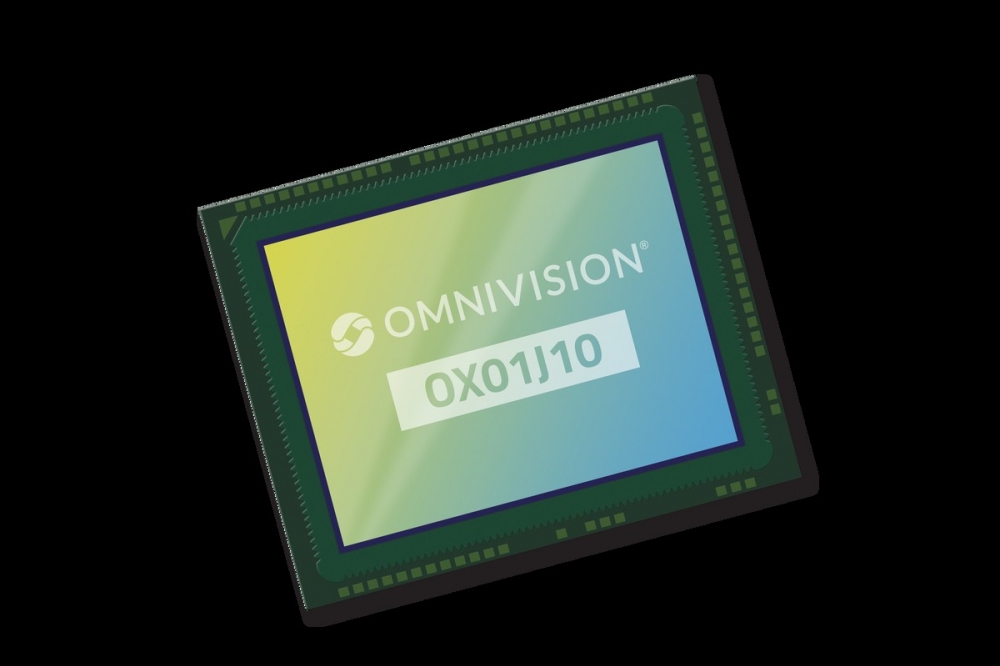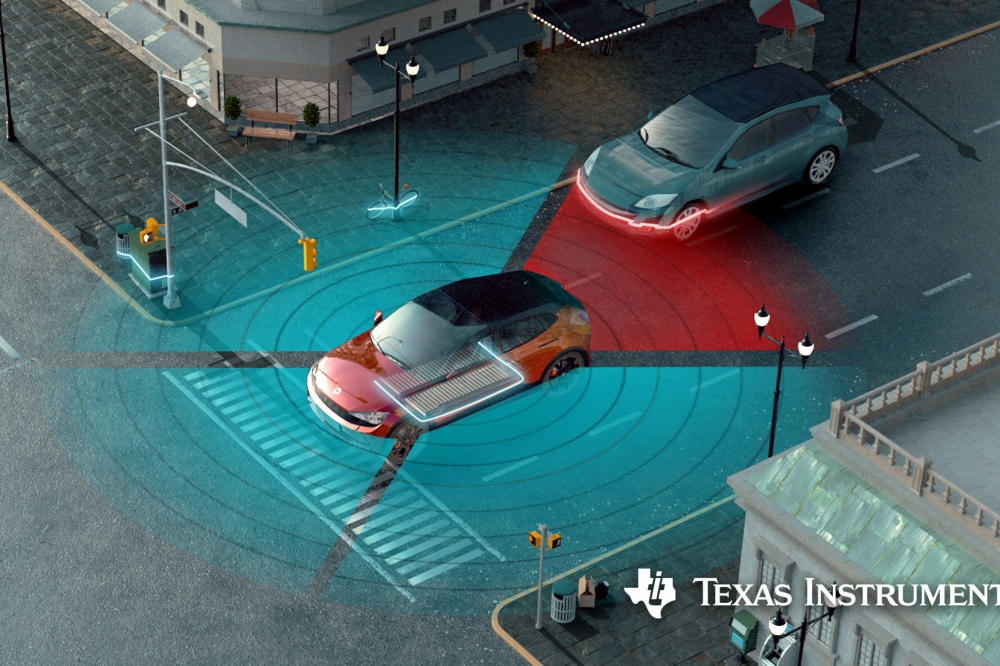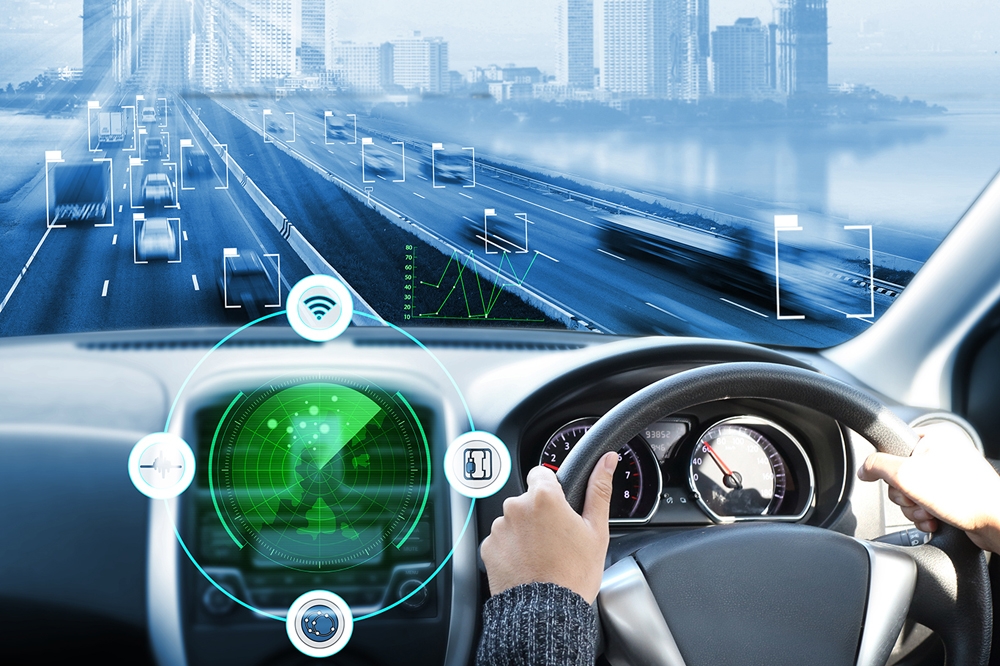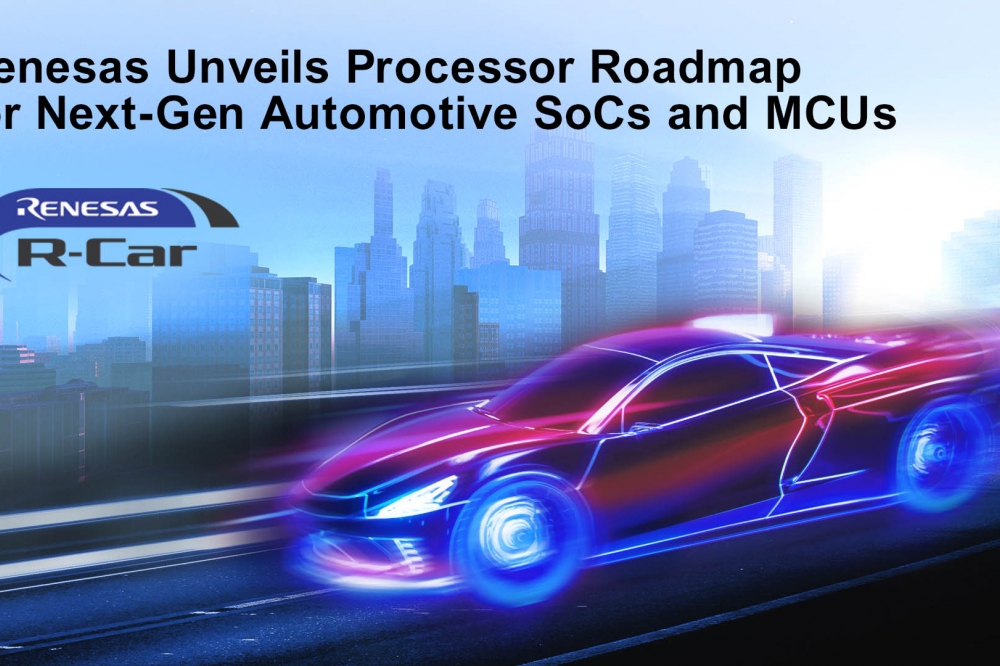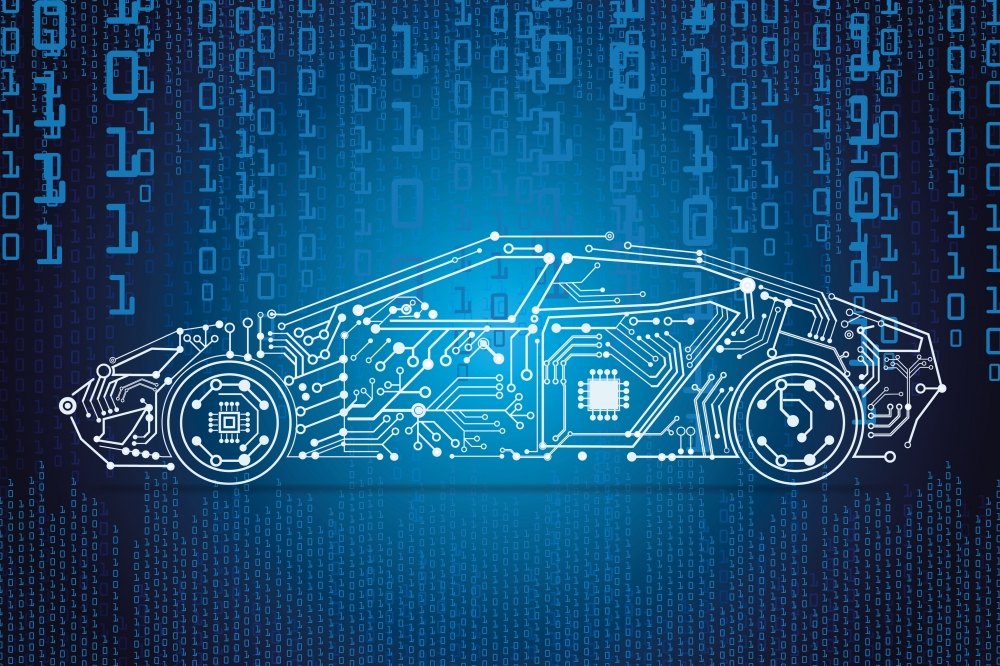Putting customer experience in the driving seat

Peter Reeve, VP Northern EMEA at Confluent
Customer experiences are being reimagined every day, and the automotive industry is no exception. Drivers' needs have changed dramatically over the last 50 years. In the past, success was simply getting from A to B, but in today’s world customers demand autonomous and self-driving vehicles, along with a personalised experience.
In a recent article by The Economist on the new fault lines in which the economy rests, one fault line that was highlighted is the shortage of microchips and the disruption this has caused to manufacturing cars at exactly the same time that consumers want to binge on them. Where a car manufacturer's data is at rest, this circumstance would likely cause some issues with supply and demand, and most importantly with this situation specifically - managing customers’ expectations.
Providing this modern customer experience relies on many data sources working, or specifically moving together. Data at rest will stay at rest, but data in motion keeps on moving, sparking action and, in turn, reaction. In an industry where customers demand an ongoing highly personalised experience, data must be in motion. With this data constantly moving, every interaction will trigger a motion across the business, allowing it to respond and make decisions in real-time.
When a customer orders a new car, they demand not only a highly personalised car but also a service to match. Just one example of this is when the manufacturers data is in motion, it can bring together the supply chain data which includes all the car parts. This data can tell the customer which personalisations they will need to wait for, and which ones if they choose they can get their car delivered quickest, therefore setting the customers’ delivery time expectations up front. In turn a manufacturing plant does not want to be sitting on spare parts just in case they get ordered, but rather to run an agile business where all parts arrive just as they’re needed in a streamlined manner.
Once the car has been delivered to the customer, they too demand data in motion - from live traffic updates and weather reports, to how economically the car is being driven to name but a few examples. The data continues to be required in a ‘live’ format.
With all this data at the manufacturers hands they in turn can feed back to the business how their cars are not only selling, but being driven with the full diagnostics, predictive maintenance, features that are most utilised, and suggest future developments with this data-backed decision making, creating a full circle for the manufacturing feedback loop.
Looking at the technology behind this, we’re seeing our Confluent platform contain the full real-time state of a business, time and time again. Driving hundreds of apps that feed off the platform, it acts much like a central nervous system, tying together different parts of the business and its ecosystem, uniting all the applications, software layers and data stores into a coherent network that can react and respond intelligently in real-time.
This central nervous system is what enables the kinds of customer experience and intelligent real-time operational systems that are increasingly required to compete and win in the world today and tomorrow.
The future of the automotive industry seems particularly set for disruption over the next five years, with the introduction of electric cars firmly taking place on our roads, and the movement towards automated cars. Data in motion is well-placed to be a strategic part of this next generation of driving, and this will be a game changer for the future of the industry.
Peter Reeve, VP Northern EMEA, Confluent
Peter Reeve leads Confluent's go-to-market team in Northern Europe. He has worked with companies to exploit technology for business value for over 20 years, and came to Confluent to help companies maximise the value of events flowing through business that traditional data platforms had not been designed for. He is passionate about enabling customers to be successful and get value from their technology investments. Peter holds an MBA from Henley Business School.
Putting customer experience in the driving seat
Modified on Monday 19th July 2021
Find all articles related to:
Putting customer experience in the driving seat


 Add to my Reading List
Add to my Reading List Remove from my Reading List
Remove from my Reading List
